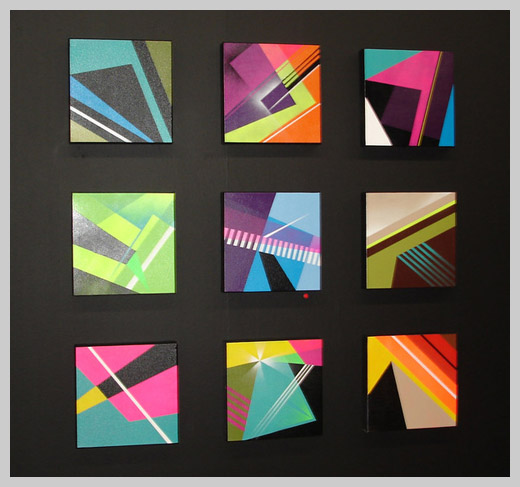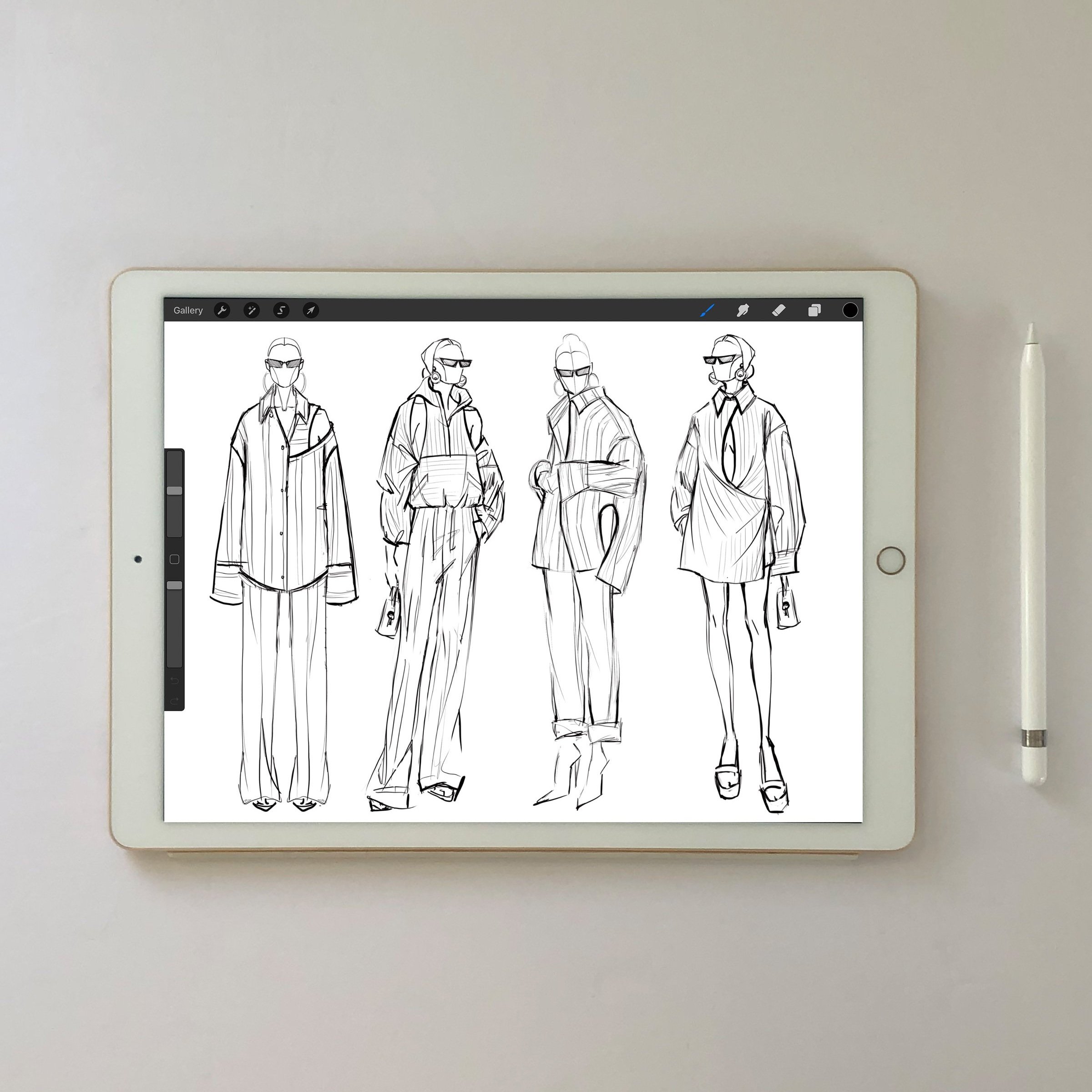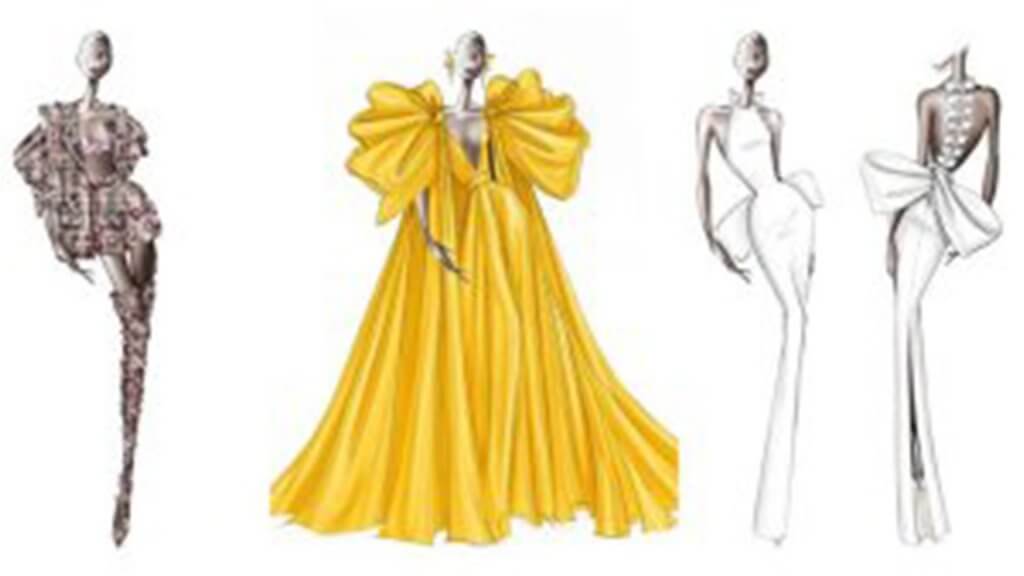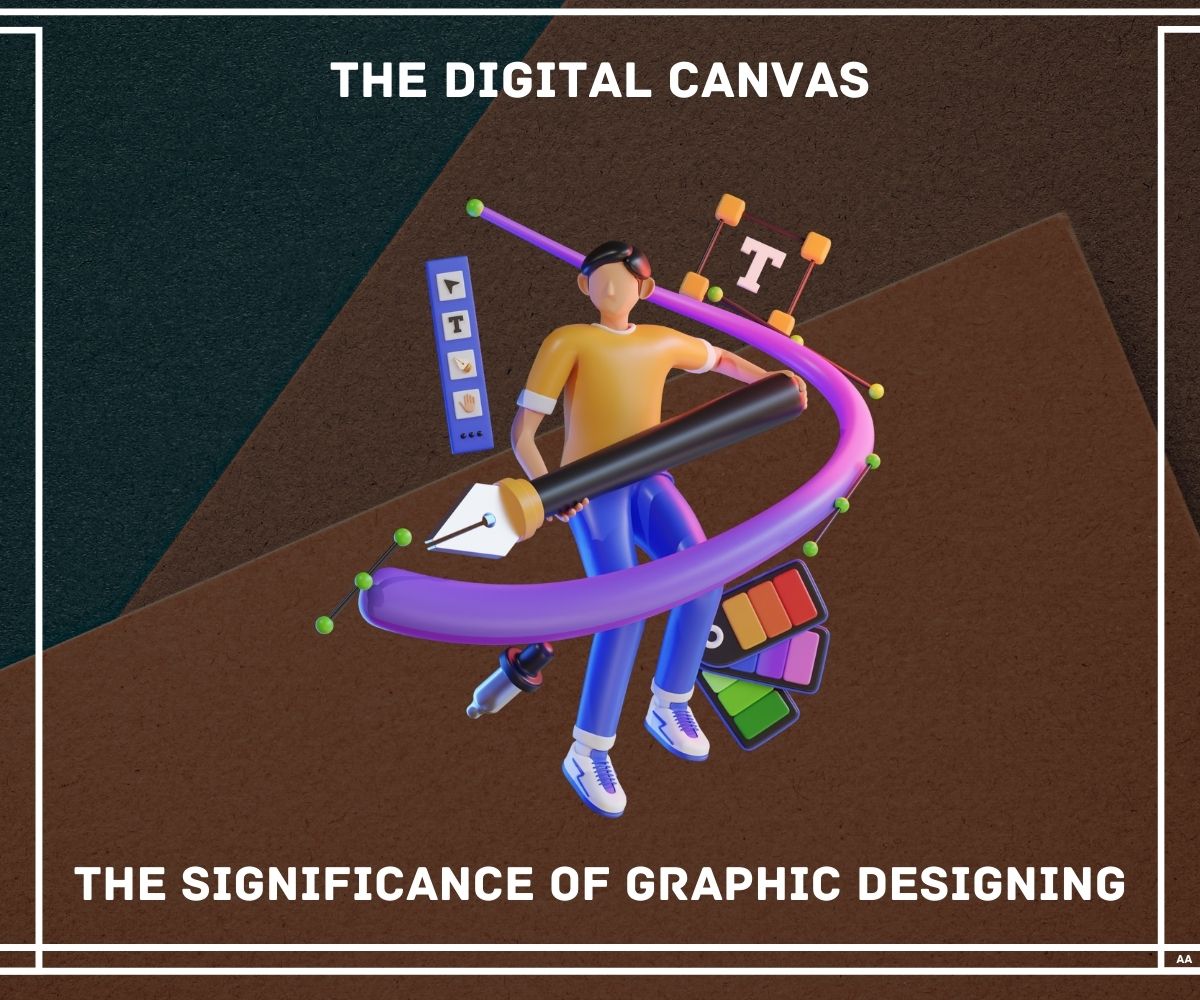The Digital Canvas: Online Work for Fashion Designers in the 21st Century
Related Articles: The Digital Canvas: Online Work for Fashion Designers in the 21st Century
Introduction
In this auspicious occasion, we are delighted to delve into the intriguing topic related to The Digital Canvas: Online Work for Fashion Designers in the 21st Century. Let’s weave interesting information and offer fresh perspectives to the readers.
Table of Content
The Digital Canvas: Online Work for Fashion Designers in the 21st Century

The fashion industry, historically rooted in physical spaces and traditional practices, has undergone a dramatic transformation in the digital age. The rise of e-commerce platforms, social media, and digital design tools has opened a world of opportunities for fashion designers, enabling them to reach global audiences, collaborate remotely, and build successful careers outside the confines of traditional studios. This shift towards online work has ushered in a new era of creative freedom, flexibility, and accessibility for aspiring and established designers alike.
The Evolving Landscape of Online Fashion Design
The internet has become a crucial tool for fashion designers, offering a platform to showcase their work, connect with potential clients, and build a strong online presence. This digital ecosystem comprises various avenues for designers to engage in online work:
1. E-commerce Platforms: Online marketplaces like Etsy, Shopify, and Amazon Handmade provide designers with a readily accessible platform to sell their creations directly to consumers. This eliminates the need for physical retail spaces and allows for global reach, making it particularly attractive for independent designers and small businesses.
2. Freelance Platforms: Platforms like Upwork, Fiverr, and Guru connect designers with clients seeking specific skills. Designers can bid on projects ranging from creating digital illustrations and mood boards to designing entire collections, offering flexibility and diverse opportunities.
3. Social Media: Instagram, Pinterest, and TikTok have become essential tools for fashion designers to build their brand, showcase their work, and engage with potential clients. Platforms like Instagram Shopping and Pinterest’s "Buyable Pins" enable designers to seamlessly integrate their online store with their social media presence, driving sales and increasing brand awareness.
4. Online Design Tools: The advent of digital design software like Adobe Illustrator, Photoshop, and Sketch has revolutionized the design process. Designers can now create intricate designs, experiment with different fabrics and textures, and present their work digitally, streamlining their workflow and enhancing their creative potential.
5. Virtual Collaboration: Online collaboration tools like Slack, Zoom, and Google Docs facilitate communication and collaboration between designers and clients, regardless of geographical location. This allows for seamless project management, efficient feedback loops, and a more collaborative design process.
Benefits of Online Work for Fashion Designers
The shift towards online work offers numerous advantages for fashion designers:
1. Global Reach and Wider Audience: Online platforms eliminate geographical barriers, enabling designers to connect with a global audience and expand their market reach. This is particularly beneficial for independent designers and smaller brands who may lack the resources to establish a physical presence in multiple locations.
2. Increased Flexibility and Work-Life Balance: Online work allows designers to set their own hours and work from anywhere with an internet connection. This flexibility fosters a better work-life balance, enabling designers to manage personal commitments while pursuing their creative passions.
3. Reduced Overhead Costs: By eliminating the need for physical studio spaces and traditional retail outlets, online work significantly reduces overhead costs. This allows designers to invest more in their creative endeavors, experiment with new materials and techniques, and ultimately, grow their business.
4. Direct-to-Consumer Sales: Online platforms enable designers to sell their creations directly to consumers, eliminating the need for intermediaries and maximizing profits. This model allows designers to build stronger relationships with their customers and gain valuable insights into their preferences and needs.
5. Faster Feedback and Collaboration: Online collaboration tools facilitate rapid communication and feedback loops between designers and clients. This allows for more efficient project management, faster turnaround times, and ultimately, a more satisfying creative process.
6. Access to a Global Pool of Talent: Online platforms connect designers with a diverse pool of talent, enabling them to collaborate with specialists in various fields, such as pattern-making, tailoring, and marketing. This access to global expertise expands creative possibilities and fosters innovation.
7. Continuous Learning and Development: The ever-evolving nature of online platforms and digital tools encourages designers to constantly learn and adapt. This continuous learning process keeps designers at the forefront of industry trends, fosters innovation, and enhances their overall skillset.
Challenges and Considerations for Online Fashion Designers
Despite the numerous advantages, online work presents its own set of challenges for fashion designers:
1. Competition: The online market is highly competitive, with numerous designers vying for attention and sales. Establishing a strong online presence, building a unique brand identity, and effectively marketing one’s work is crucial for success.
2. Building Trust and Credibility: In the absence of physical interaction, building trust and credibility with potential clients is essential. Designers need to showcase their portfolio, provide clear communication, and deliver high-quality work to establish a positive reputation.
3. Managing Expectations and Communication: Online communication can be challenging, leading to misunderstandings and unmet expectations. Effective communication, clear project briefs, and regular updates are crucial for managing client relationships and ensuring project success.
4. Technical Skills and Digital Literacy: Online work requires a certain level of technical proficiency, including familiarity with digital design software, e-commerce platforms, and online marketing tools. Designers need to continuously invest in their digital skills to remain competitive in the evolving digital landscape.
5. Protecting Intellectual Property: The ease of sharing and copying content online necessitates robust measures to protect intellectual property. Designers need to secure copyrights, trademarks, and other legal protections to safeguard their designs and prevent unauthorized use.
6. Maintaining Quality Control: The absence of physical interaction can pose challenges in maintaining quality control. Designers need to establish clear communication with manufacturers, implement rigorous quality checks, and ensure that their online representations accurately reflect the final product.
7. Managing Shipping and Logistics: Online sales require efficient shipping and logistics processes. Designers need to establish reliable shipping partners, manage inventory, and ensure timely delivery to maintain customer satisfaction.
FAQs: Online Work for Fashion Designers
1. What skills are essential for success as an online fashion designer?
Beyond creative skills, designers need to develop strong digital literacy, including proficiency in design software, e-commerce platforms, and online marketing tools. Strong communication skills, business acumen, and a keen understanding of online trends are also crucial.
2. How can I build a strong online presence as a fashion designer?
Create a professional website, curate a high-quality portfolio, and engage actively on social media platforms. Use relevant keywords, participate in online communities, and collaborate with influencers to increase visibility and reach.
3. What are the legal considerations for online fashion designers?
Secure copyrights and trademarks for your designs, understand intellectual property laws, and ensure compliance with consumer protection regulations. Consult with legal professionals to navigate the legal complexities of online business operations.
4. How can I manage my finances as an online fashion designer?
Establish a clear budget, track expenses, and manage cash flow effectively. Explore accounting software and financial management tools to streamline your financial operations.
5. How can I stay up-to-date with industry trends as an online fashion designer?
Subscribe to industry publications, attend online workshops and webinars, and engage with online communities to stay abreast of the latest trends, technologies, and best practices.
Tips for Online Success: A Guide for Fashion Designers
1. Define Your Niche and Target Audience: Identify a specific niche within the fashion industry and target your designs and marketing efforts towards a specific audience. This allows for focused branding and a more effective online presence.
2. Build a Strong Online Portfolio: Showcase your best work on a professional website and social media platforms. Use high-quality images, detailed descriptions, and a consistent brand aesthetic to create a visually appealing and informative portfolio.
3. Engage with Your Audience: Respond to comments, answer questions, and participate in online conversations to build relationships with potential clients and foster a sense of community.
4. Leverage Social Media for Marketing: Utilize social media platforms to showcase your designs, promote new collections, and engage with your target audience. Run targeted ad campaigns, collaborate with influencers, and utilize social media analytics to track your progress and optimize your strategy.
5. Master Digital Design Tools: Invest in training and practice using digital design software to create professional-quality designs, experiment with different styles, and streamline your workflow.
6. Optimize Your Website for Search Engines: Implement search engine optimization (SEO) strategies to improve your website’s visibility in online search results. Use relevant keywords, optimize images, and create high-quality content to attract organic traffic.
7. Build a Strong Brand Identity: Develop a unique brand name, logo, and visual identity that reflects your design aesthetic and target audience. Consistency in branding across all online platforms is crucial for establishing a strong and recognizable brand.
8. Seek Feedback and Improve: Actively seek feedback from clients, industry professionals, and your online community to identify areas for improvement and enhance your designs.
9. Stay Informed and Adapt: The online fashion landscape is constantly evolving. Stay updated on the latest trends, technologies, and best practices to remain competitive and adapt your strategies accordingly.
Conclusion: Navigating the Future of Fashion Design
The online world has reshaped the fashion industry, offering designers a platform to connect with global audiences, collaborate remotely, and build successful careers on their own terms. By embracing the opportunities and challenges presented by the digital landscape, fashion designers can leverage the power of online tools and platforms to reach their full creative potential and thrive in the ever-evolving world of fashion. As technology continues to advance and consumer behavior evolves, the future of fashion design lies in the hands of those who embrace the digital canvas and navigate the exciting possibilities it offers.


+.jpg)





Closure
Thus, we hope this article has provided valuable insights into The Digital Canvas: Online Work for Fashion Designers in the 21st Century. We hope you find this article informative and beneficial. See you in our next article!